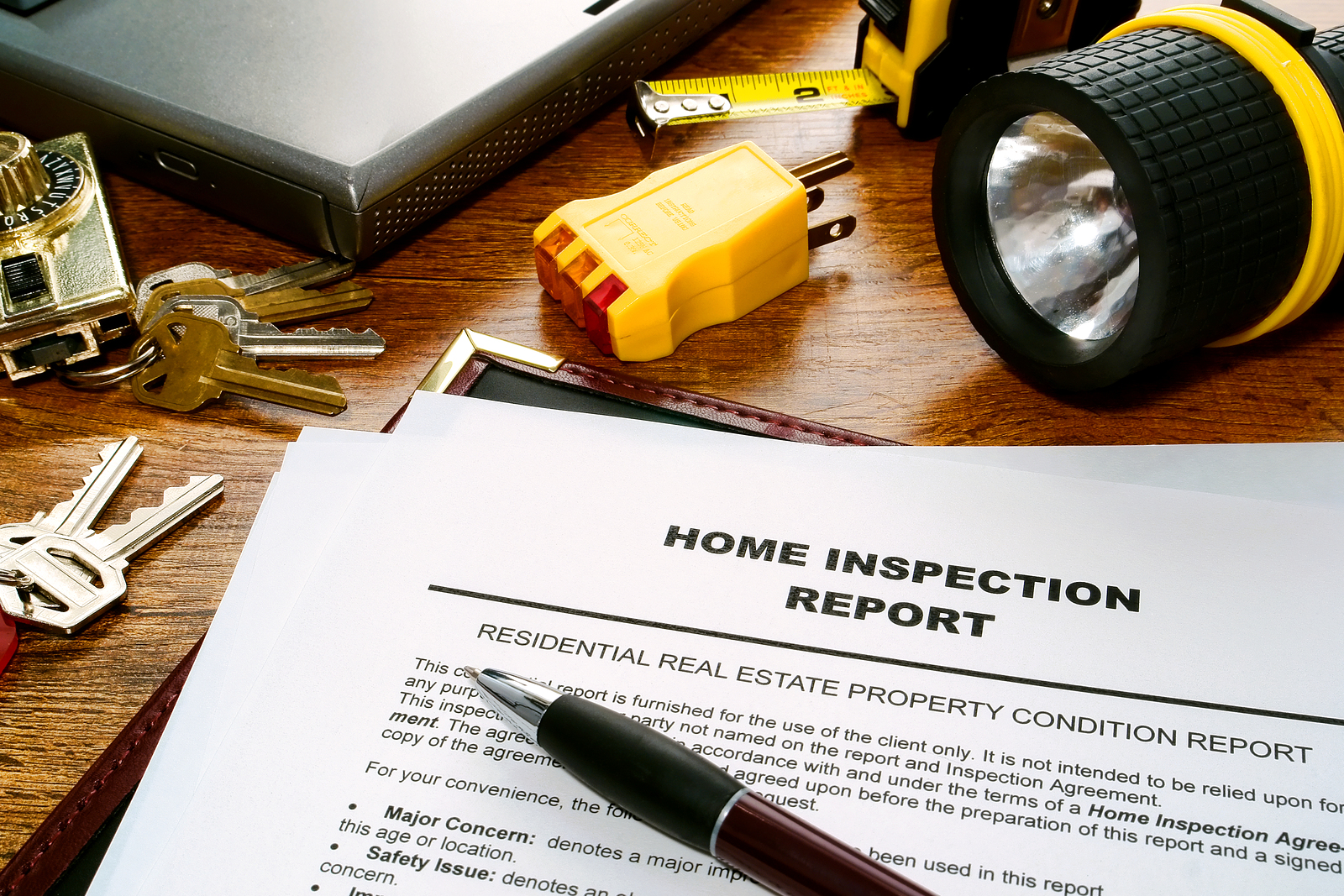When you’re navigating today’s real estate market, a thorough home inspection is more important than ever. Whether you’re buying or selling, having the right information can make the difference between a smooth deal and unexpected setbacks. In this blog, we’ll cover what a home inspection involves, key red flags to watch for, and how both buyers and sellers can use the process strategically to protect value and peace of mind.
What a Home Inspection Entails
A home inspection gives a detailed look at a property’s condition before finalizing a purchase or listing. According to recent industry data, about 85 % of inspections identify at least one issue. On average in the U.S., the cost ranges from $300 to $500.
For buyers, the inspection serves as a safeguard, helping you identify hidden defects, estimate repair costs, and potentially renegotiate. For sellers, performing a pre-listing inspection can allow you to proactively address issues and present a stronger case to potential buyers. In fact, energy audits and “green” home considerations are becoming more common in 2025.
Using a solid inspection can help both parties make informed decisions and reduce surprises down the road.
Key Areas to Focus On
When preparing for a home inspection, both buyers and sellers should pay particular attention to these key systems and structural elements:
- Roofing & drainage: Some reports show roofing defects are among the top issues uncovered.
- Electrical systems: Outdated wiring, overloaded circuits, and panels older than 30 years show up frequently in inspection reports.
- Plumbing and HVAC: These systems can incur costly repairs if neglected; one survey found 33 % of inspections revealed plumbing problems.
- Foundation and water intrusion: Grading, drainage, and foundation stability affect both safety and value.
- Energy efficiency & sustainability features: As buyers become more eco-aware, inspectors are increasingly assessing insulation, ventilation, and smart home systems.
For sellers, identifying and resolving these issues before the inspection can enhance your listing and reduce negotiation headaches. For buyers, understanding these red flags ahead of time gives you leverage and clarity.
How Sellers Can Leverage the Inspection Process
As a seller, a well-executed home inspection can strengthen your position rather than weaken it. Start by conducting a pre-listing inspection to identify potential problems ahead of time. This gives you time to make repairs or disclose issues transparently. In 2025, sellers who disclose inspection findings may gain a trust advantage in a competitive market.
Consider highlighting energy-efficient upgrades, recent system replacements, or remediation work in your listing. These factors resonate especially with eco-conscious buyers and help set your property apart.
Finally, be realistic about discoveries. When problems are found after an inspection, nearly 75 % of buyers ask for negotiations or repair credits. Addressing major defects ahead of time often saves time and avoids stalled deals.
How Buyers Can Maximize Their Inspection
For buyers, a home inspection offers critical insight before you commit to a purchase. First, insist on a contingency that gives you time to review the inspection report and negotiate if necessary. With about 88 % of buyers using a home inspection in U.S. real estate transactions, skipping this step is increasingly rare.
When the report arrives, don’t just glance at the summary review major categories such as roofing, electrical, plumbing, and HVAC. Identify any safety issues or items requiring immediate attention. And ask for cost estimates for repair or replacement so you can factor that into your budget and negotiations.
Finally, use the inspection as leverage. Findings commonly result in price adjustments or seller concessions. In a balanced market, this can be a meaningful advantage.
Final Thoughts
Whether you’re buying or selling, prioritizing a home inspection helps you make smarter decisions and protect value. For sellers, a pre-listing inspection can turn unknown concerns into marketing strengths. For buyers, it offers a clearer picture of the investment you’re about to make. With strong demand and evolving inspection practices in 2025, adopting this step as standard practice is no longer optional; it’s strategic.
Stay informed, ask the right questions, and ensure the inspection process is part of your real estate game plan.







